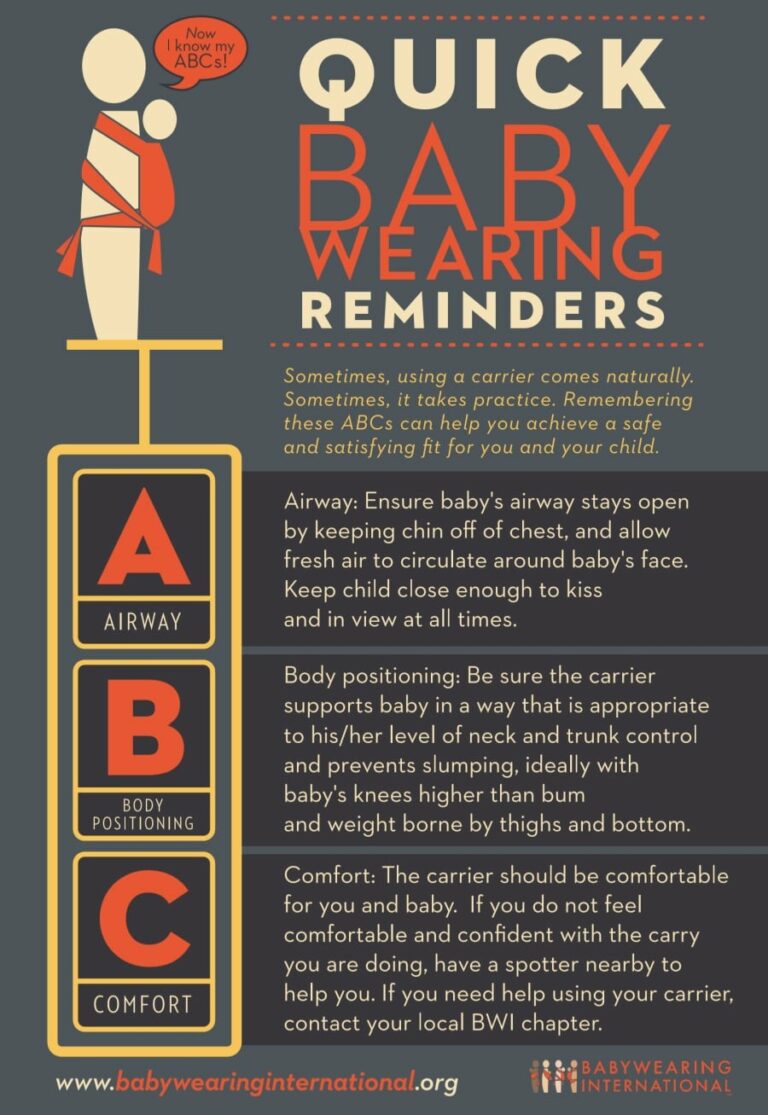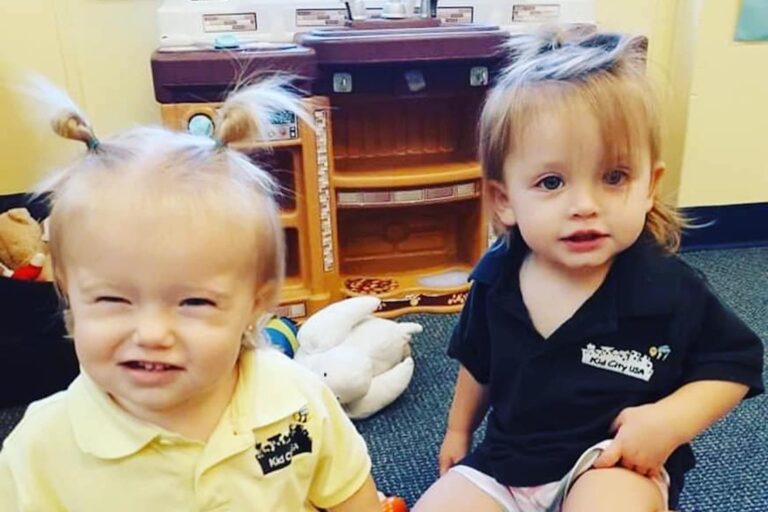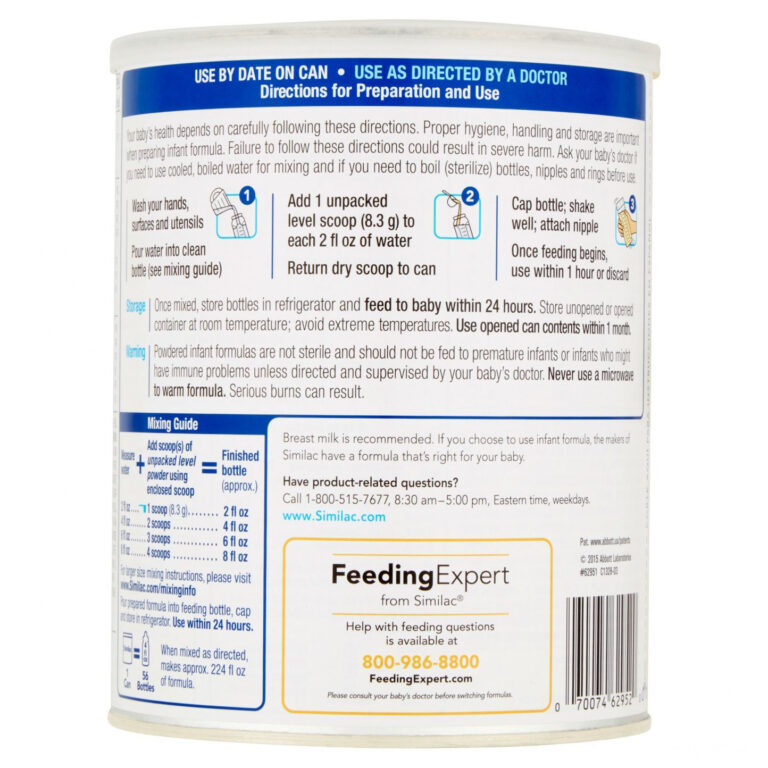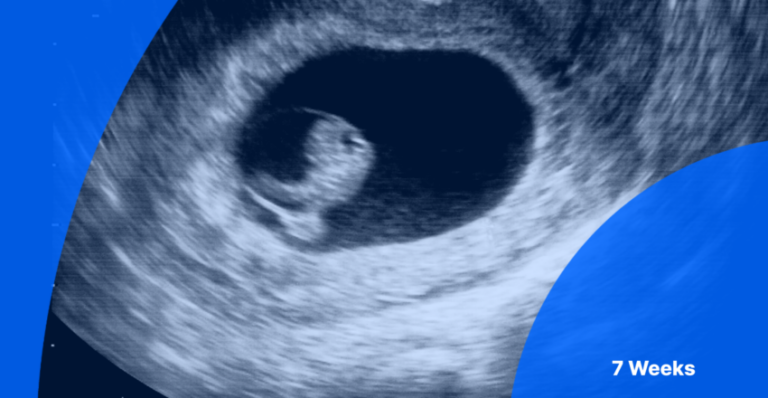How Many Baby Teeth Fall Out: A Comprehensive Guide
Are you a parent who is curious about the stages of your child’s dental development? One of the common questions that parents have is related to when and how many baby teeth fall out. Understanding this process can help you better care for your child’s oral health and ensure they have a smooth transition to their permanent teeth. In this article, we will delve into the details of how many baby teeth fall out, what to expect during this stage, and why it is important to pay attention to your child’s dental health.
Knowledge
When it comes to baby teeth, also known as primary teeth, children typically have a total of 20. These teeth begin to emerge around the age of six months and continue to come in until the child is around three years old. As your child grows, these baby teeth will start to loosen and fall out to make way for their permanent teeth. The process of baby teeth falling out is completely normal and usually starts around the age of six or seven.
The timeline for baby teeth falling out can vary from child to child. Typically, the first teeth to fall out are the lower central incisors, followed by the upper central incisors. This process usually begins around the age of six and continues until the child is about 12 years old. By this age, most children will have lost all of their baby teeth and will have a full set of permanent teeth.
During the shedding process, the roots of the baby teeth dissolve, allowing the teeth to become loose and eventually fall out. This process can sometimes cause discomfort or pain for your child, so it is important to be prepared and provide them with the necessary care and support during this time. Encouraging your child to wiggle the loose tooth gently can help speed up the process and make it easier for the tooth to come out.
As your child’s baby teeth start to fall out, you may notice some changes in their smile and eating habits. It is common for children to experience some bleeding and swelling around the area where the tooth is loose. This is completely normal and should subside once the tooth has fallen out. You may also notice that your child’s eating habits change as they adjust to having a missing tooth. Encouraging them to eat soft foods and avoiding sticky or hard foods can help make this transition easier for them.
Conclusion
In conclusion, understanding the process of how many baby teeth fall out is essential for parents who want to ensure the oral health of their children. By knowing what to expect during this stage of development, you can provide the necessary care and support to help your child through this transition. Remember to encourage good oral hygiene habits and regular dental check-ups to ensure that your child’s teeth are healthy and strong. With the right care and attention, your child will have a beautiful smile that lasts a lifetime.
Overall, this article is aimed at parents and caregivers who want to learn more about the process of baby teeth falling out and how to navigate this stage of their child’s development. By understanding the timeline, shedding process, and what to expect, you can help your child through this natural transition with ease. Remember that each child is different, so it is important to be patient and supportive as they navigate this stage of their dental development.






